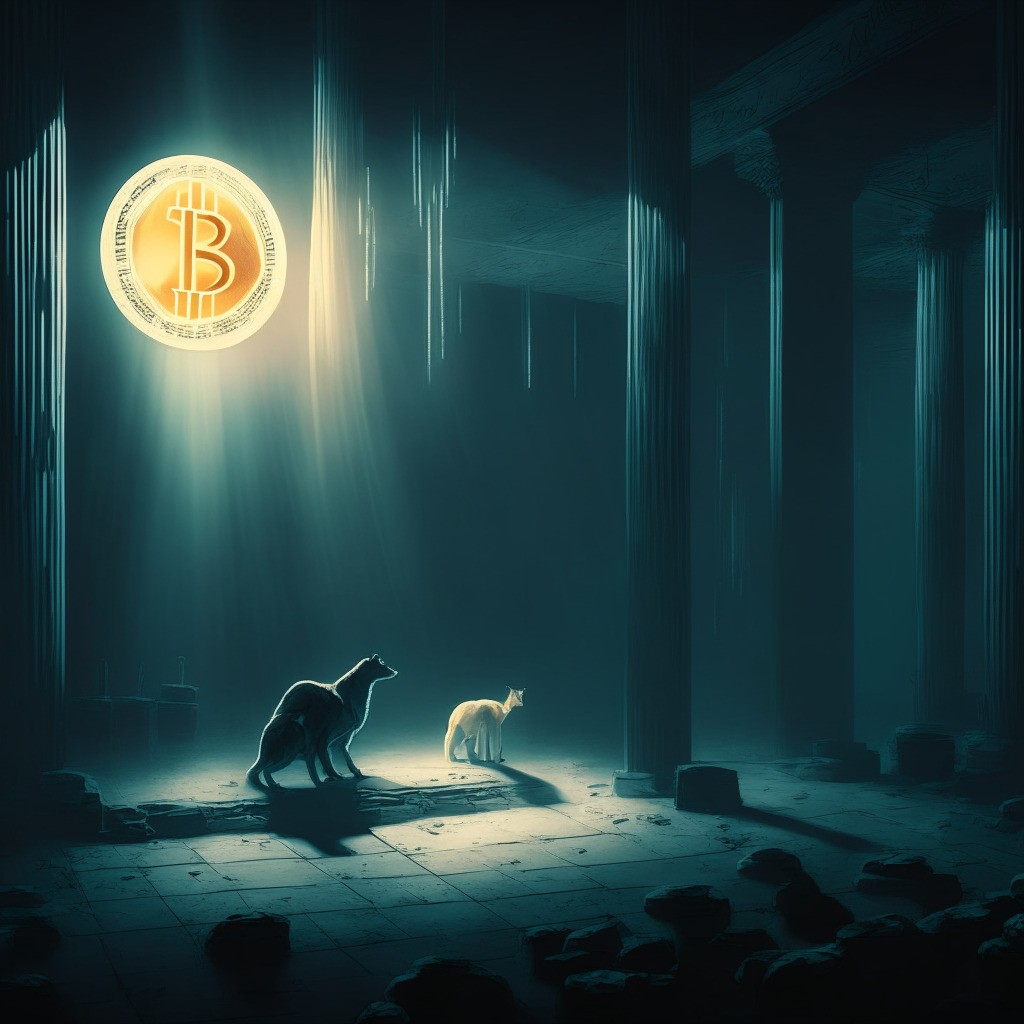Memecoins have come a long way from being just a joke among the cryptocurrency community. Launched in 2013 as a parody of cryptocurrencies, Dogecoin quickly gained a following and went on to spawn countless imitations. Fast forward to 2021 — a year defined by a bullish cryptocurrency market — and memecoins have evolved from humorous social tokens to legitimate speculative investments.
Fueled by the power of internet memes and celebrity endorsement (namely from Tesla CEO, Elon Musk), memecoins like Pepecoin (PEPE) have garnered immense popularity and even touched the billion-dollar mark in terms of market cap. However, this rapid success was followed by an equally fast decline — in some cases, over 40% in a matter of days — served as a harsh lesson for many speculators who lost their life savings as a result of getting swept up in the FOMO (Fear of Missing Out) mentality.
One significant downside to the meteoric rise of memecoins is the dilution of potential funding for trailblazing projects with innovative technology and real-world use cases. As the popularity of memecoins has grown, this has stymied progress in areas where it is most needed.
This newfound emphasis on meme-token investment has also given rise to an entirely new sub-industry of “scam” tokens, attempting to replicate the success of Dogecoin by riding on the back of its skyrocketing market cap. These new coins often come with numerous vulnerabilities, some stemming from the very same anonymous nature that they were established on. This has led to a slew of memecoin scams, rug pulls, and potential losses for those who jumped on the bandwagon without proper research.
The meteoric rise and fall of these tokens not only leave investors reeling, but they also distort the original vision of cryptocurrency as proposed by Satoshi Nakamoto — solving traditional finance’s limitations and providing greater access to everyone. While some have achieved financial freedom through memecoin speculation, history proves it to be a perilous endeavor, with the majority of people ending up on the losing side.
In conclusion, the memecoin phenomenon has transformed from a mockery of the cryptocurrency world to an incredibly polarizing investment trend. The pros — immense growth potential spearheaded by internet memes, celebrity endorsement, and online communities — are equally weighed down by the cons — market manipulation, the rise of scam tokens, potential risk to investors, and the diversion of valuable resources. As the market continues to evolve, it remains vital for those interested in memecoins to exercise due diligence before diving headfirst into this highly speculative and unpredictable realm.
Source: Cointelegraph




